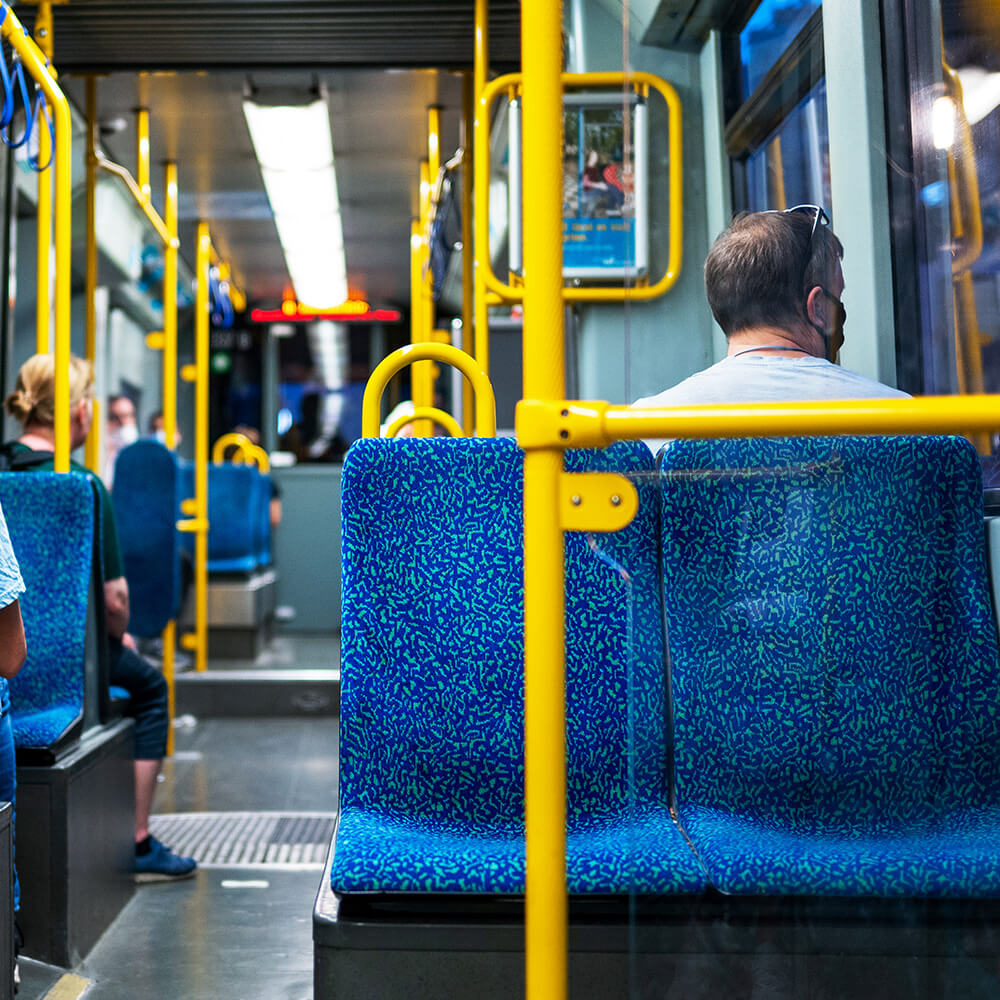

Most commonly, school transportation involves the use of dedicated school buses. These buses are designed to transport students safely and efficiently. They are typically equipped with safety features.

School transportation services plan specific routes and schedules to pick up and drop off students at designated locations. This helps ensure timely arrivals and departures.

Safety is a top priority in school transportation. Drivers are trained to follow safety protocols, and buses undergo regular maintenance checks. Seat belts, if present, are used to enhance passenger safety.

Larger companies may provide shuttle services to transport employees to and from the workplace. This can be especially beneficial for employees who rely on public transportation or live in areas with limited access.

Some companies encourage or organize carpooling among employees. Carpooling helps reduce the number of individual vehicles commuting to the office, promoting environmental sustainability.

In some cases, companies may offer flexible work schedules or telecommuting options to reduce the need for daily commuting. This can be an alternative approach to traditional office transportation.



Whatsapp Us